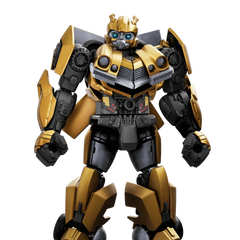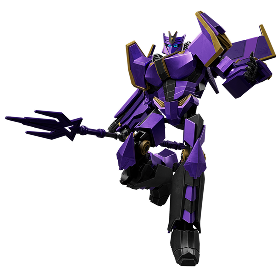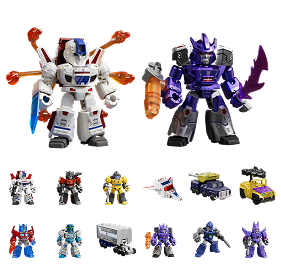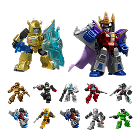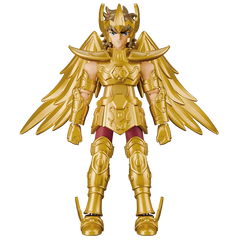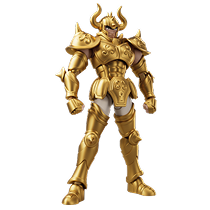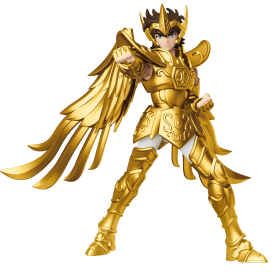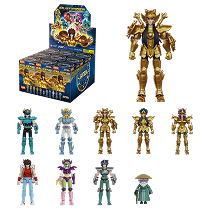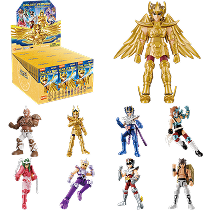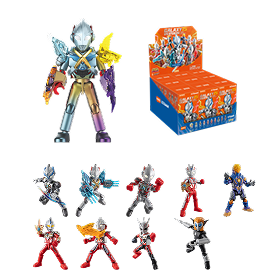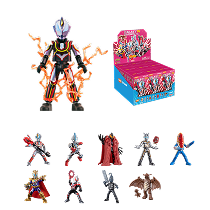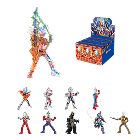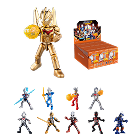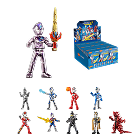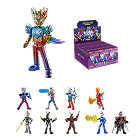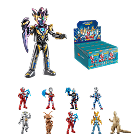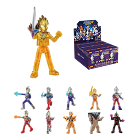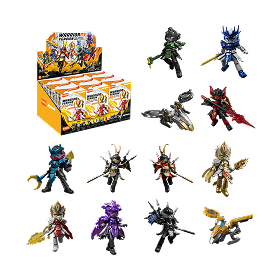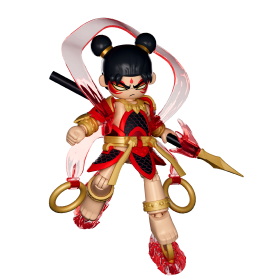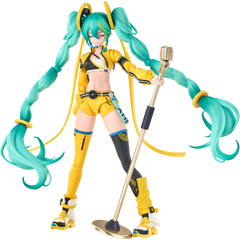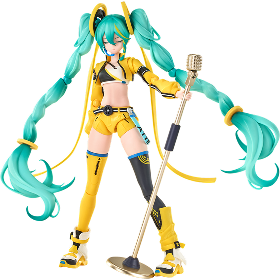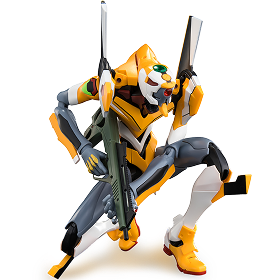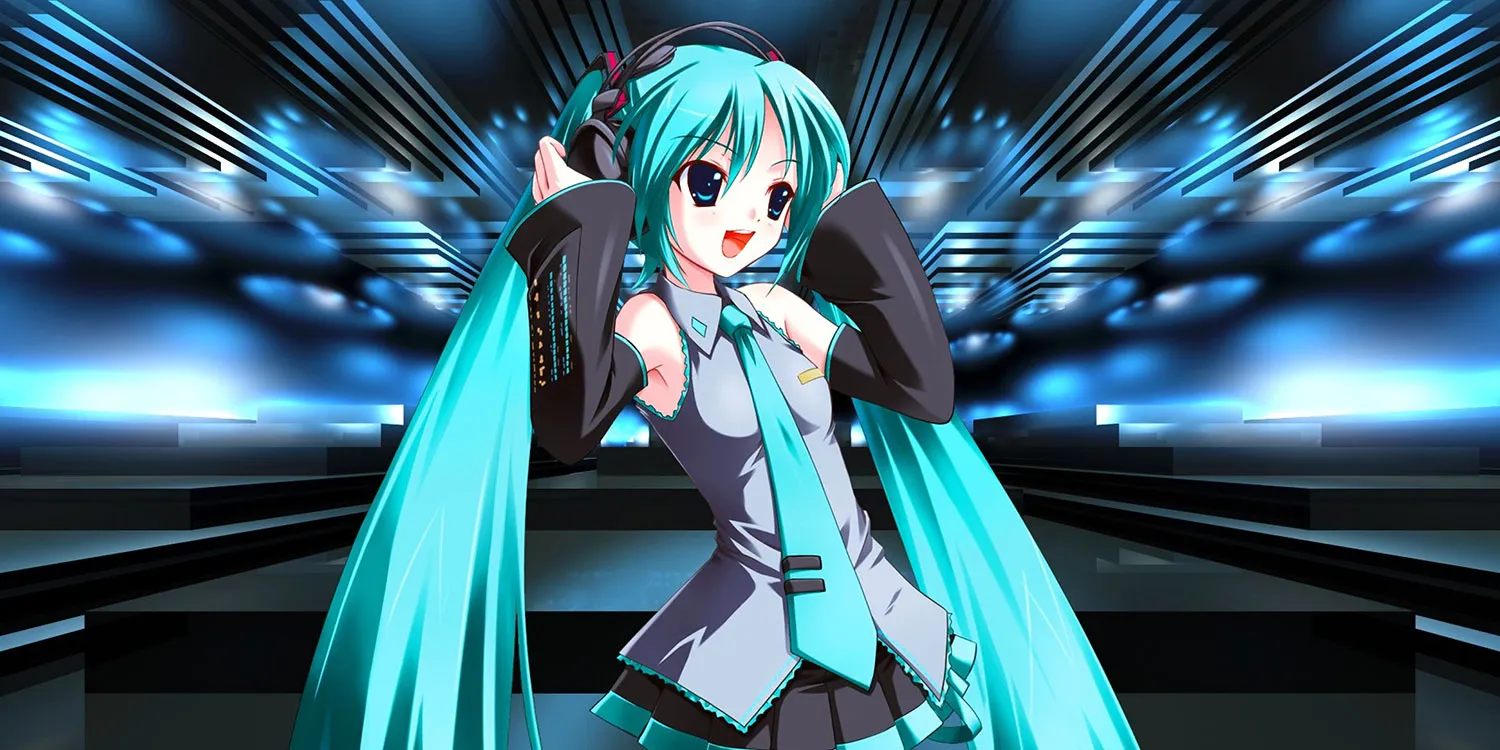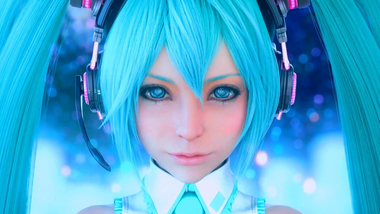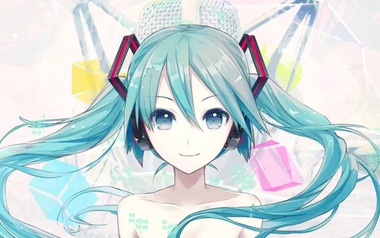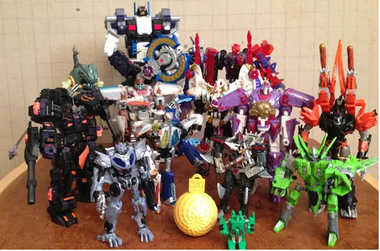Hatsune Miku is one of the most recognizable figures in digital music and pop culture. Her iconic turquoise twin-tails and futuristic design make her instantly identifiable, but many fans wonder: When was Hatsune Miku created?
Understanding her origins helps explain why she has become a global phenomenon and how she has revolutionized music production. From her first release as a Vocaloid software voicebank to her live holographic performances and global influence, Hatsune Miku has a fascinating history that bridges technology, music, and creativity.
In this article, we will explore the creation of Hatsune Miku, the team behind her, her development timeline, and her impact on both the music industry and fan culture.
The Birth of Hatsune Miku
Origins and Concept
Hatsune Miku, officially code-named CV01, was developed by Crypton Future Media and released on August 31, 2007. She was the third commercially sold Vocaloid library and the first character in Crypton’s Character Vocal Series. Her name, which translates to “The First Sound of the Future,” represents her status as a groundbreaking virtual singer.
Crypton’s vision for Miku was “an android diva in a near-future world where songs are lost.” This concept combined innovative music technology with a compelling anime-style character design, making her appealing to both musicians and anime fans.
The Technology Behind Miku
Hatsune Miku was built for the Vocaloid2 engine, a software that synthesizes singing using voice samples from real humans. The original recordings for Miku’s voice were provided by Japanese voice actress Saki Fujita. These samples allowed users to create songs in any style or genre, making Miku’s voice a flexible instrument for music producers worldwide.
Timeline: Key Milestones in Hatsune Miku’s Creation

-
2003-2006 – Development of Vocaloid Technology
Yamaha developed the first versions of the Vocaloid software, allowing computer-generated singing. Crypton Future Media decided to create its own character series, leading to Miku’s conception. -
2007 – Official Release
Hatsune Miku was released on August 31, 2007 with two demo songs. Her software allowed anyone to compose music using her voice, making her accessible to professional and amateur musicians alike. -
2008-2010 – Rise in Popularity
Miku quickly gained a following as producers and fans began sharing songs online. Platforms like Nico Nico Douga in Japan were instrumental in spreading her music and fan creations. -
2010 – First Holographic Concerts
Miku performed on stage as a holographic projection, marking the beginning of her live concerts. These shows made her feel tangible, even though she is entirely digital. -
2011-Present – Global Expansion
Hatsune Miku has performed internationally, appeared in video games like Project Diva, collaborated with famous artists, and inspired countless fan projects worldwide.
Why the Creation of Hatsune Miku Was Revolutionary

Digital Music Accessibility
Before Hatsune Miku, creating professional-sounding vocal tracks required human singers or expensive studio sessions. Miku’s software allowed anyone with a computer to create music, lowering the barrier for musicians and sparking a wave of creativity.
Integration of Fan Culture
Unlike traditional music stars, Miku’s personality and music are shaped by her fanbase. This community-driven approach helped her evolve in ways a human performer could not, making her a collaborative cultural phenomenon.
Live Holographic Performances
Her live concerts use 3D holograms and motion capture, creating the illusion of a real performer. Fans experience a fully immersive show with music, choreography, and visuals, bridging the gap between digital and real-life entertainment.
Hatsune Miku Merchandise and Global Presence
The creation of Hatsune Miku has also led to a massive merchandise ecosystem. Fans can bring the virtual star into their homes through:
- Toys and Action Figures: Check out Hatsune Miku Toys for collectibles.
- Apparel and Accessories: Miku-themed clothing, bags, and keychains.
- Games and Interactive Experiences: Titles like Project Diva let fans interact with her digitally.
These products extend her influence and create an interactive experience that keeps her relevant even years after her creation.
The Creative Team Behind Hatsune Miku

Crypton Future Media
The company responsible for Miku’s creation is Crypton Future Media, a Japanese software company specializing in music and voice synthesis. Their goal was to create a virtual singer that anyone could use to make music.
Saki Fujita – The Voice of Miku
While Miku is digital, her voice is modeled after Saki Fujita, a talented Japanese voice actress. Fujita recorded phonetic sounds and vocal tones that the software could manipulate to sing any song.
Collaborators and Fans
Miku’s ongoing evolution is a result of the contributions of thousands of music producers, illustrators, and animators. This collaborative effort ensures her music, character, and performances continue to grow.
Why Fans Keep Miku Alive
Interactive Music Creation
Hatsune Miku was designed to be a tool for music creation. Fans can produce songs, share them online, and build upon each other’s works. This keeps her constantly evolving, even years after her original creation.
Cultural Phenomenon
Miku’s creation marked the beginning of a new era in virtual performance. She represents the intersection of technology, music, and fan-driven content, influencing how artists and fans interact worldwide.
Global Holographic Shows
Her holographic concerts continue to captivate audiences in Japan, the United States, and Europe. This live presence makes her feel like a real pop star, despite being entirely digital.
1. Hatsune Miku’s Early Reception and Popularity
After her release in 2007, Hatsune Miku quickly gained attention in Japan and internationally. Fans began creating their own songs using the Vocaloid software, sharing them online on platforms like Niconico and later YouTube. This community-driven approach turned Miku into a collaborative musical project rather than just a software tool.
2. Holographic Performances: Bringing Miku to Life
One of Miku’s most groundbreaking features is her live holographic concerts. Using advanced 3D projection technology, Miku appears on stage performing songs created by her community of fans. These concerts have been held worldwide, from Tokyo to Los Angeles, proving that a virtual singer can achieve global fame.
3. Merchandise and Brand Collaborations
Since her creation, Miku has expanded far beyond music. She has her own figures, toys, clothing lines, and collaborations with popular brands. For example, collectibles available at Hatsune Miku Toys allow fans to bring Miku into their homes. These collaborations solidify her status as a cultural icon.
FAQs About Hatsune Miku’s Creation
When was Hatsune Miku created?
Hatsune Miku was first released on August 31, 2007.
Who created Hatsune Miku?
She was developed by Crypton Future Media using the Vocaloid2 software engine.
Was Hatsune Miku created as a human?
No, she was designed as a virtual singer, not a living person.
Who provided the voice of Hatsune Miku?
Her voice was modeled after Saki Fujita, a Japanese voice actress.
Why is Miku considered revolutionary?
Miku allows anyone to create music using her voice, performs live as a hologram, and evolves with fan contributions.
Conclusion
Hatsune Miku’s creation on August 31, 2007, marked a turning point in music and digital entertainment. She is a digital pop star whose influence continues to grow through fan creations, holographic concerts, and global merchandise.
From Vocaloid software to international pop culture icon, Miku exemplifies how technology and creativity can merge to create a living digital phenomenon.






